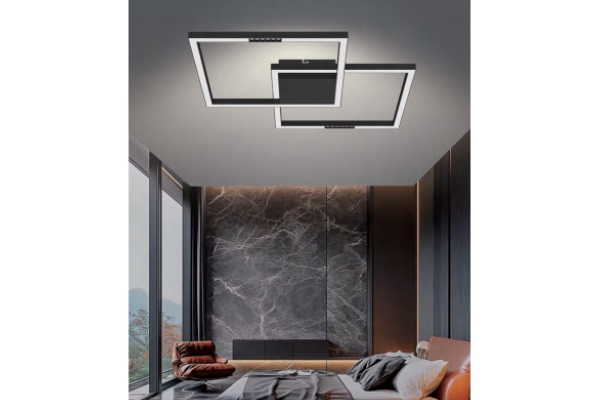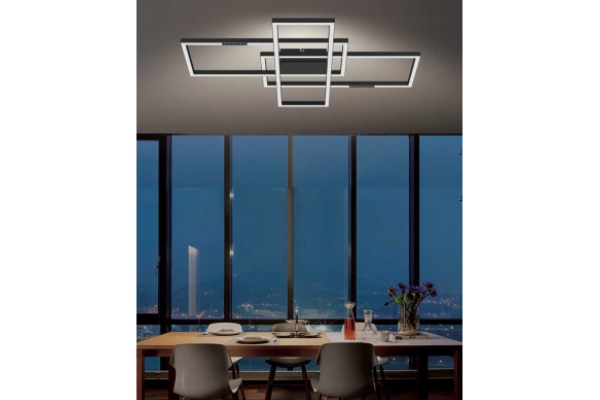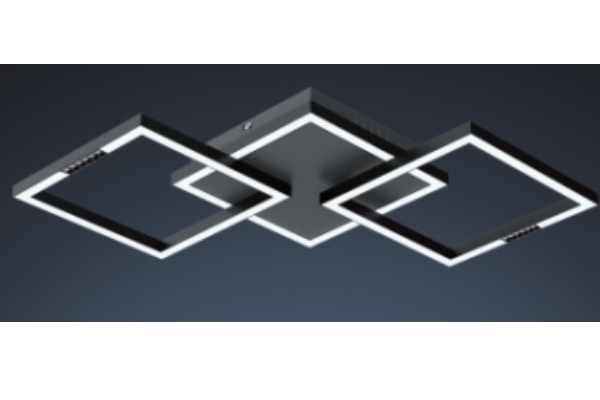How to optimize the light uniformity and anti-glare effect of LED pendant lamp through optical design?
Release Time : 2025-09-15
Optimizing the uniformity and anti-glare performance of LED pendant lamps requires starting from the core principles of optical design and achieving this through the coordinated control of structure, materials, and optical paths. For uniformity, the primary focus is optimizing light source distribution and light path guidance. High-density LED arrays can reduce the spacing between light sources, allowing light to overlap spatially and reducing dark areas. Current-balancing circuits ensure consistent driving current for each LED, preventing uneven light spots caused by brightness differences. Optical lens design is crucial. Free-form lenses or fly-eye lenses refract and distribute light at multiple angles, dispersing a concentrated beam into a uniform surface light source. Light-control films convert diffused light into parallel beams, further improving uniformity. For large LED pendant lamps, combined light source technology achieves uniform illumination over a wide area by combining multiple LED modules with secondary light distribution provided by reflectors and diffusers.
The core of anti-glare design lies in controlling light direction and intensity distribution. Increasing the shielding angle is a fundamental approach. By adjusting the angle between the light source's illuminator and the edge of the fixture's light outlet and the horizontal line of the light center (typically ≥30°), the light source can be effectively blocked from direct vision. For example, a deep-recessed light source design naturally increases the shielding angle by increasing the distance between the light source and the luminous surface. Combined with the secondary light distribution of the reflector cup and nano-coated surface ring, light is reflected to a specific angle, preventing high-angle light from directly striking the eye. Anti-glare accessories can further enhance the effect. Honeycomb mesh panels scatter light through their grid structure, while shading blades physically block and shape the light. Both reduce the glare index (UGR). Regarding material selection, anti-glare glass or coatings containing nanoparticles can reduce surface reflectivity, minimizing ambient light interference while optimizing light propagation paths for softer illumination.
Optical design and environmental adaptation are equally important. The mounting height and angle of the lamp should be adjusted according to the function of the space. For example, LED pendant lamps in bedrooms should be positioned away from the primary viewing area when lying down. Indirect lighting or batwing-shaped LED pendant lamps should be used to evenly distribute light downward while avoiding glare from screens. For high-ceiling spaces, the optimal working distance should be determined through experimentation to strike a balance between brightness and uniformity. Furthermore, the shade's shading properties, shape, and material should be carefully considered. Matte shades can reduce reflections, while curved designs can direct light to the target area, avoiding direct irritation.
In practice, the technology combination should be selected based on the specific scenario. For example, LED pendant lamps in offices can utilize high-density LEDs paired with free-form lenses to achieve highly uniform lighting while reducing the UGR value through increased shading angles and anti-glare glass. For home use, LED pendant lamps can utilize diffusely coated lamp beads and matte shades to create a comfortable atmosphere through soft light. For scenarios requiring both efficiency and glare reduction, combined light source technology combined with local dimming can dynamically adjust light distribution to meet diverse needs.
By optimizing light source distribution, precisely controlling the optical path, innovating anti-glare structures, and adapting to environmental conditions, LED pendant lamps achieve both uniform light output and improved glare prevention while ensuring efficient lighting. This process requires starting from optical principles, integrating materials science and engineering practices, and ultimately achieving a systematic design that meets the lighting needs of diverse scenarios.







